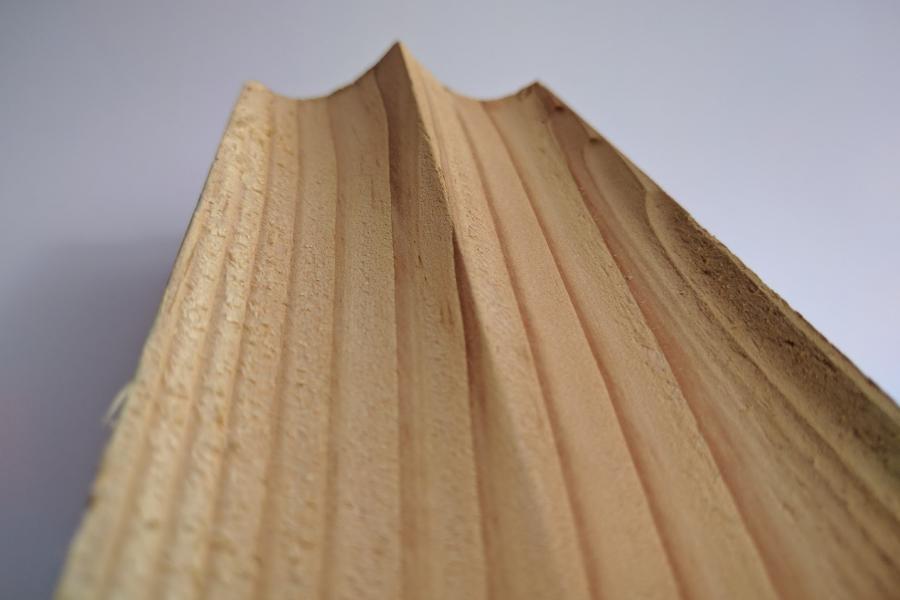Paul Mayencourt

Designing for Low-Carbon Across Scales: Building Elements to Ecosystems
Timber construction is trending across the globe as an alternative to more carbon-intensive building materials. In the current technological state, mass timber construction wastes a large amount of wood fiber and is rarely cost-competitive. Design methods for wood structures have not changed much since the invention of glue-laminated timber at the start of the 20th century. To consider the environmental challenges of the construction industry and the limited supply of sustainably sourced lumber, how do we rethink timber construction?
The lecture will present different ongoing research to push timber construction to new carbon efficiencies and explore new design opportunities at different scales.
About Paul Mayencourt
Paul Mayencourt is a researcher and educator in low-carbon design solutions for the built environment. His research merges the field of structural design, forestry, and materials. Paul explores creative low-carbon approaches for building structures by leveraging recent advances in manufacturing technologies and computational optimization. He currently studies the use of undervalued timber resources such as small-diameter timbers and underutilized Californian hardwoods species for high-performance architectural and engineering applications.
Paul is currently a lecturer in the College of Environmental Design and a researcher in the Department of Environmental Science, Policy, and Management at the University of California Berkeley. Paul has a Ph.D. in Architecture in Building Technology from the Massachusetts Institute of Technology (MIT) and an M.Sc. in Structural Engineering from the Swiss Federal Institute of Technology in Zurich (ETHZ).
